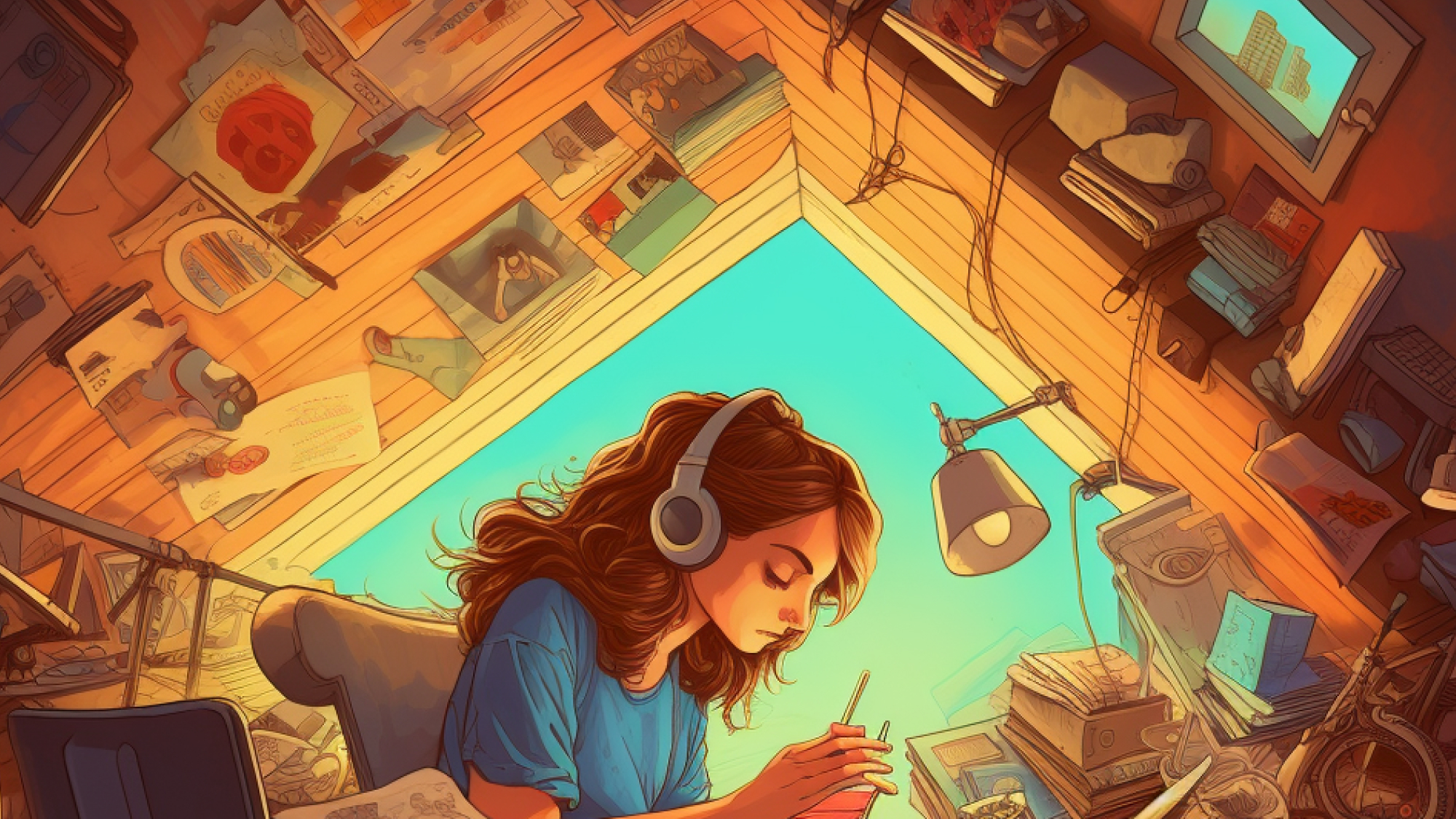
We’ve all been there. You got a bunch of work to do, some personal errands, or perhaps a few side projects you need to work on.
It’s all sitting at the back of your head, and you know it’s time to get to it, yet to your own disappointment, you keep putting it off for later.
Why do we procrastinate?
If you’re feeling like the situations above fit you well, you’re probably a procrastinator.
But don’t feel too guilty, as according to Joseph Ferrari, a professor of psychology at DePaul University in Chicago, 20% of adults may be chronic procrastinators.
A lot of the time, we think its due to being busy or lazy, yet at the root of it all, some of the core reasons for why we procrastinate could be due to the following:
- Associated emotions — Whether it’s anxiety, doubt, insecurity, or boredom, the feelings that surround the task at hand could be creating an issue to starting it. Such negative emotions that revolve around the given task can cause us to stress out and feel discomfort, which thus makes us want to avoid it altogether.
- The power of instant gratification — A lot of us are blindsided by present bias — a tendency to settle for a smaller reward in the present, instead of waiting for a much bigger one in the future. We give into instant gratification, especially in an age where everything is so easy to access and obtain; from 1-day deliveries to immediate feedback loops from social media. This inability to delay the immediate feelings of comfort can cause us to frequently push back tasks to a later time.
- Disconnected to the future self — Not all of us are future-forward thinkers. In fact, so many of us are stuck in the now, seeking that aforementioned instant gratification, that we have little concern for how our decisions now, may affect the future. As evident from the highly popular slang ‘YOLO’ in 2012, we live in this mindset of ‘only live once,’ we tend to think more about the present moment than the future. According to brain scan studies done in 2019 on how people process information about their present and future selves, they found that when thinking about the future self, we tend to see them as strangers, something far off instead of an extension of who we currently are.
Inside the mind of a procrastinator
Beyond the reasons above, there are also biological roots to why our mind procrastinates.
Looking inside the mind of a procrastinator, we can see that it’s actually a constant struggle between the limbic system and the prefrontal cortex. The former refers to one of the oldest parts of the brain, also known as the paleomammalian brain. The limbic system deals with the flight-or-fight responses, tied to our need for survival and our general emotional responses.
The prefrontal cortex, on the other hand, is newer in comparison and is far less developed. It is the area that makes us uniquely human, separating us from any other mammals, as this is where our complex behaviors and decision-making occurs. This part of the brain is associated with impulse control, attention, and cognitive functioning.
Due to the limbic system being much older and stronger in nature, it tends to win at this tug-a-war, inevitably leading us to give in to what feels good for the now, instead of dealing with the stresses of delayed gratification.
Moreover, when the rational side of our brain attempts to delay gratification, dealing with the momentary stresses that come with that, our prefrontal cortex closes off, and instead, the amygdala — the part of the brain associated to fear response — comes on. It perceives the distress felt from the given task as a threat and focuses on removing that present threat. This emotional response is known as the amygdala hijack.
How to overcome procrastination
Knowing why we procrastinate and what goes on in our brains when we do is awesome for awareness.
But to take things further, it’s important to know how we can go about overcoming procrastination altogether.
- Design your environment — We are largely influenced by our surroundings. Whether that be the place we’re in or the people we are around. Something as simple as changing the environment in which you work in, or even clearing out the room of any potential distractions (phone, tablet, TV, etc.) can do wonders to reducing procrastination. In a world where constant notifications are everywhere, you need to find ways to implement productive environmental design into your life.
- Clear the heaviest item first — When there is a list of things to do, its best to get rid of the heaviest, worst things first. This is a common productivity tip, as it helps to clear the list of to-dos with the task that you are dreading most. Once you conquer that from the beginning of the day, everything else seems relatively easy to do. As Roy F. Baumeister, a psychology researcher at Florida State University once wrote,
“The longer people have been awake, the more self-control problems happen. Most things go bad in the evening. Diets are broken at the evening snack, not at breakfast or in the middle of the morning. Impulsive crimes are mostly committed after midnight.”
- Use time management techniques — There are plenty of time-management techniques out there, from the Pomodoro to Time Chunking. The more you learn these, the better you can get at managing your time efficiently. For example, with the Pomodoro technique, you work on the given task in 25-minute intervals, taking a short 3-5 min break in-between each. This allows you to have heightened focus during that given half-hour and takes the burden off of having to sit down and complete everything in one go.
Although these are just starter points, they can definitely help in laying the groundwork for improving productivity and reducing procrastination. Focusing in this day and age is never easy, especially when our attention is all over the place. But, consistent small tiny habits are what can roll into bigger, impactful outcomes.
Remember: success is not something that comes at once, but is accumulated over a long period of time of conscious, consistent effort.










